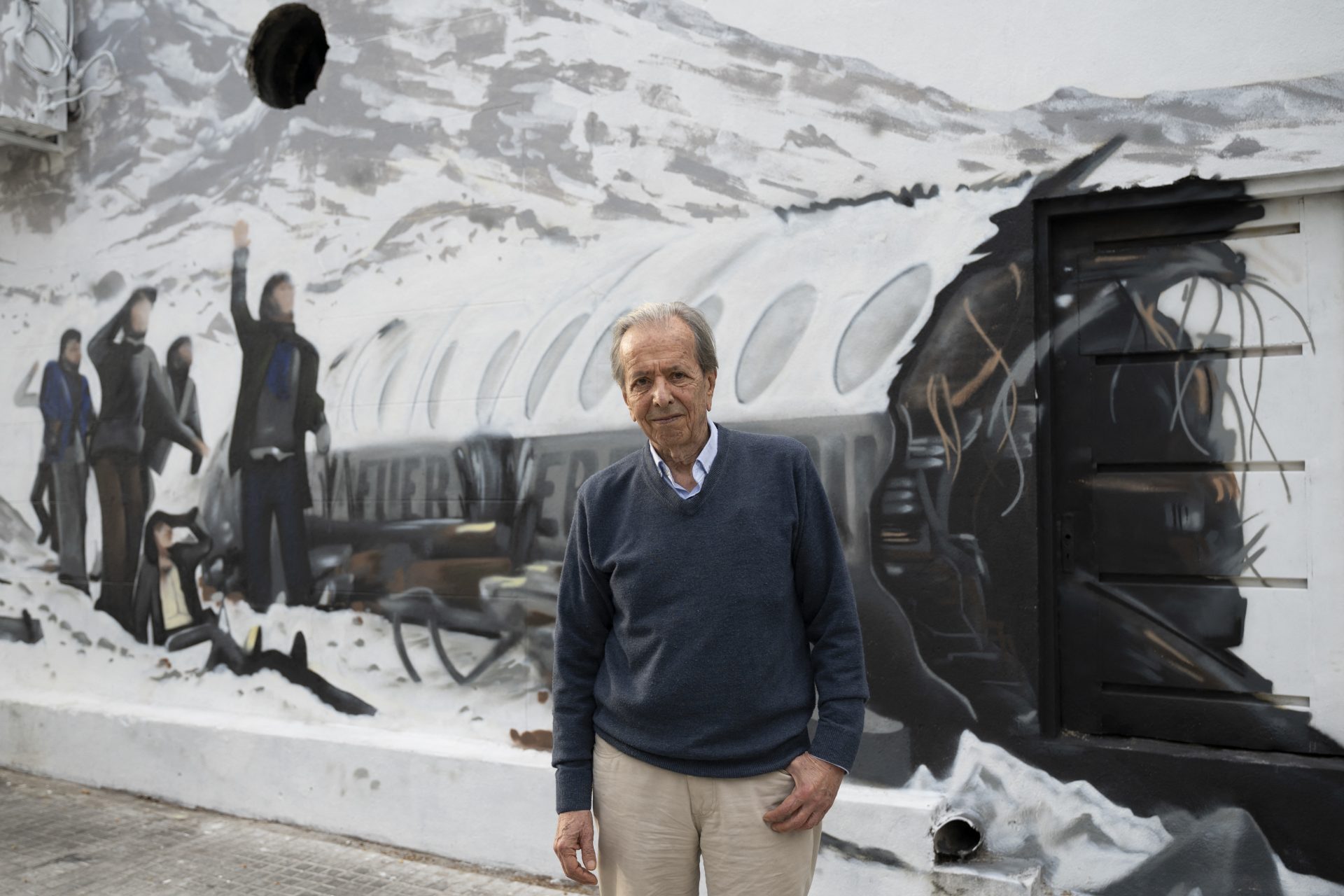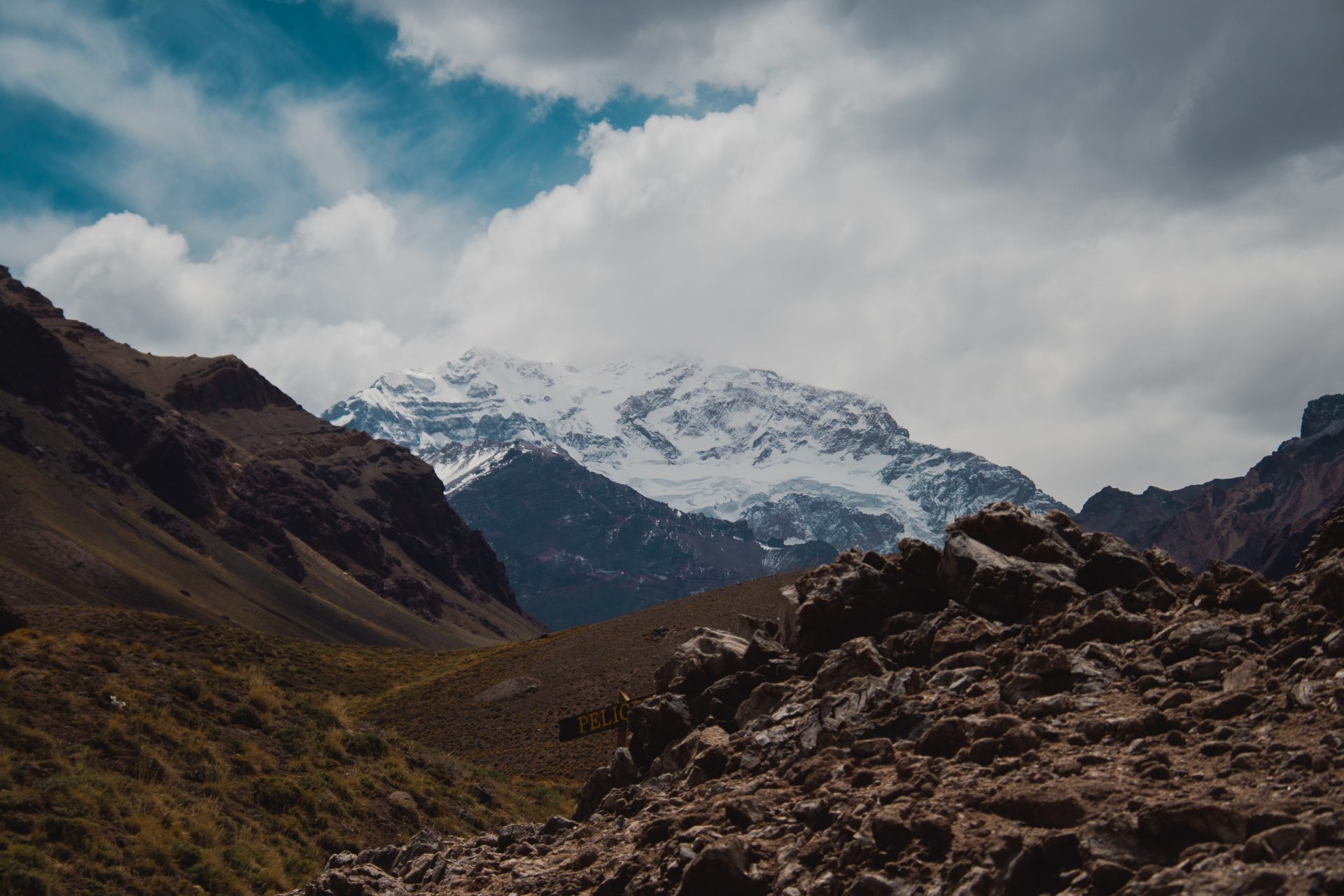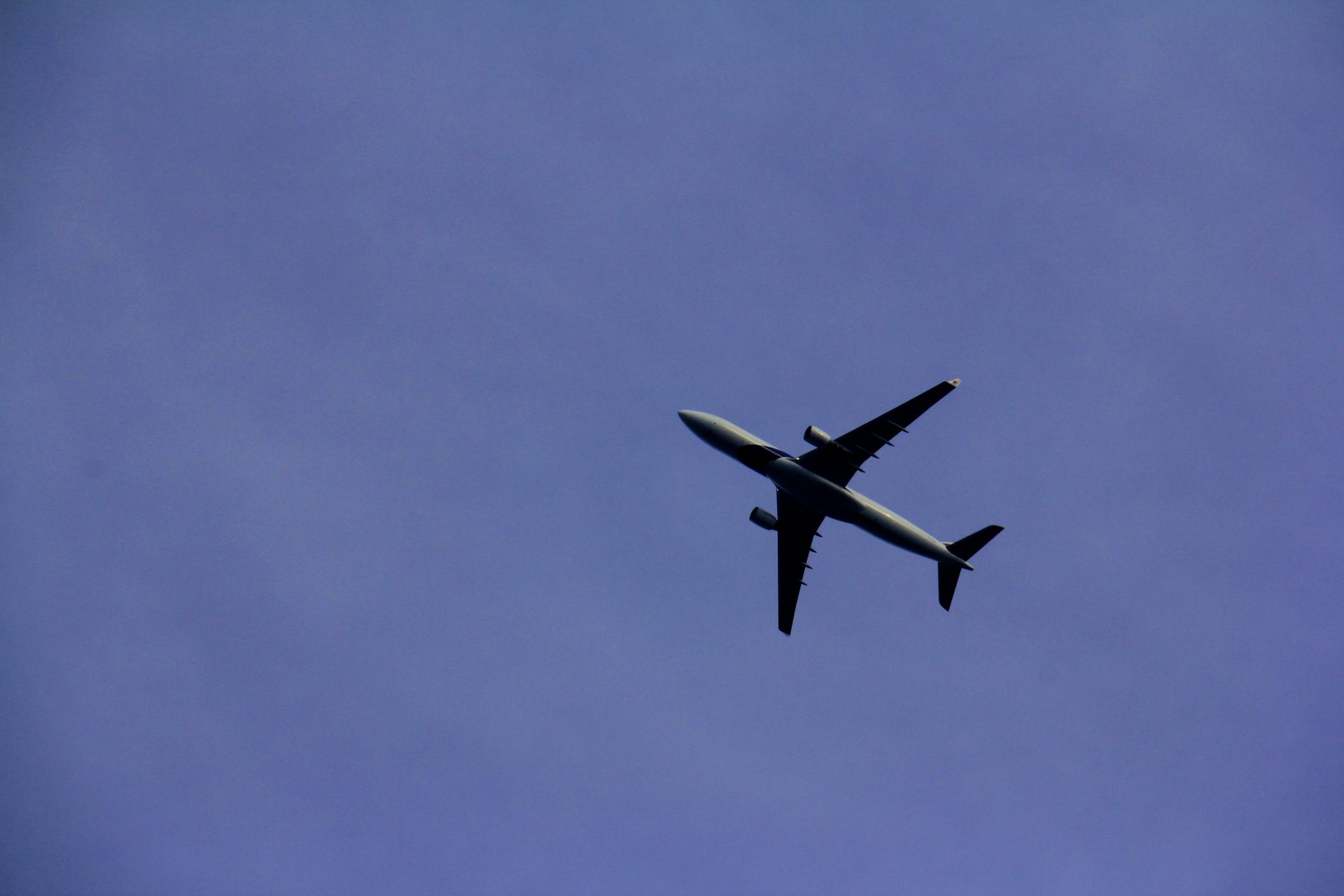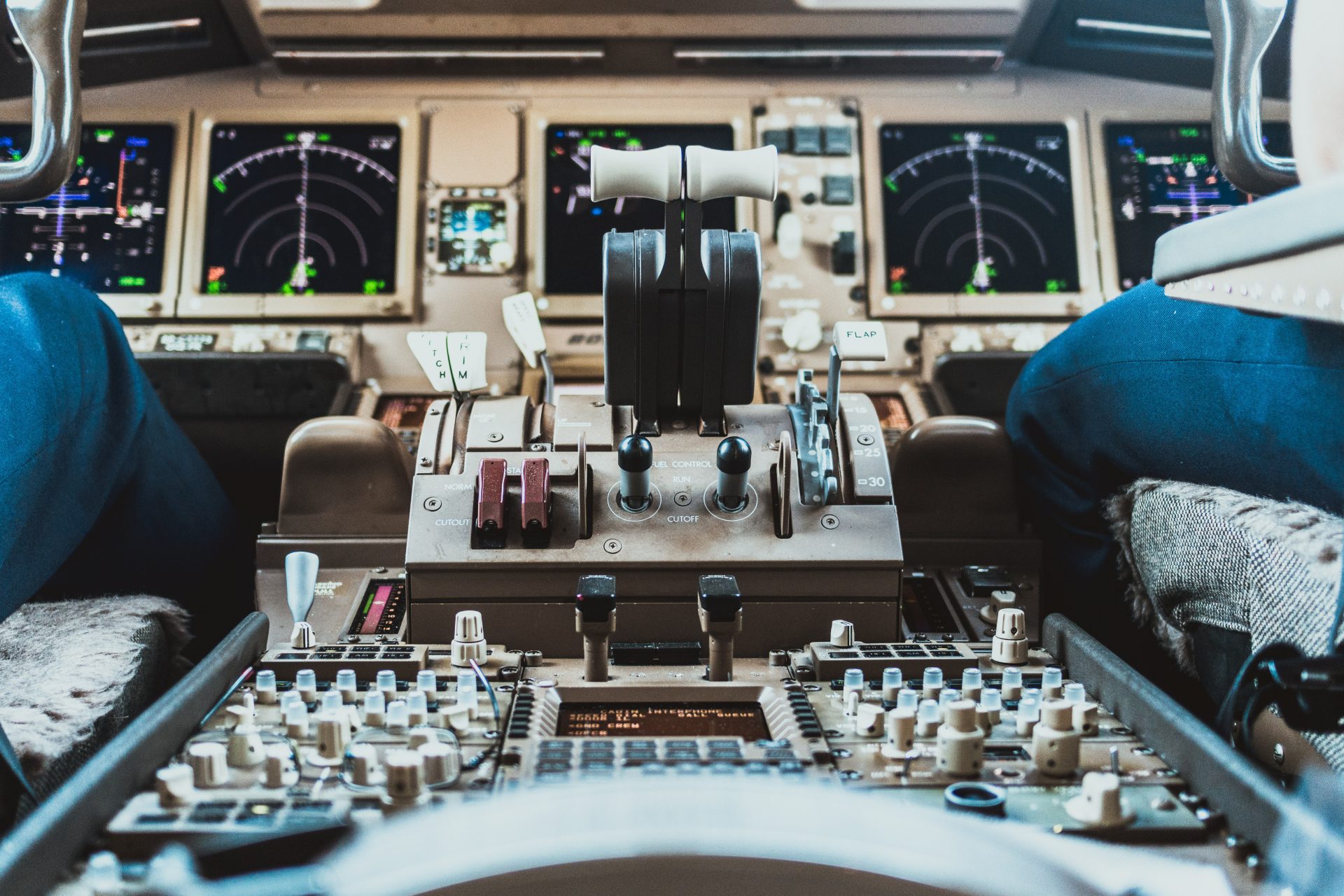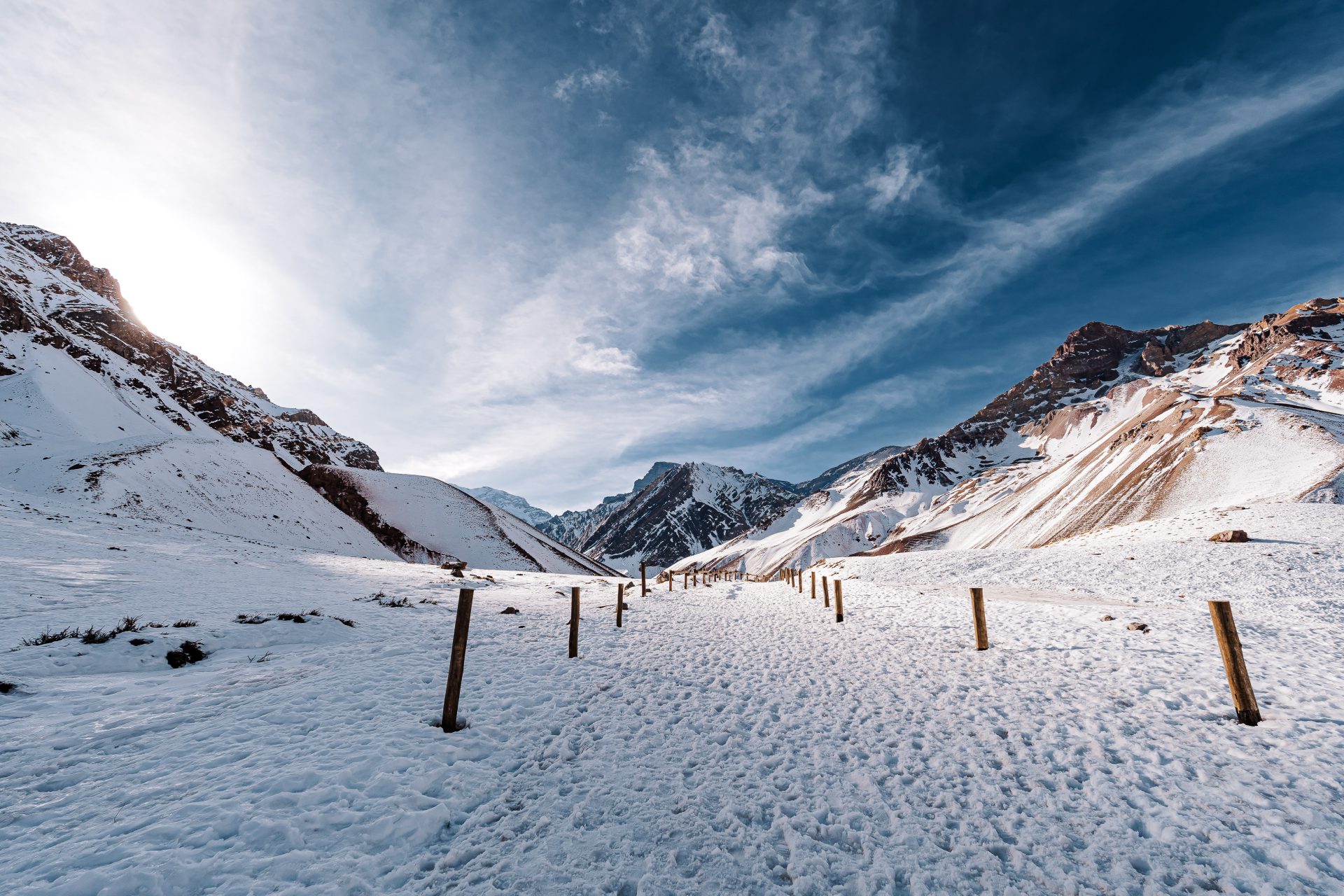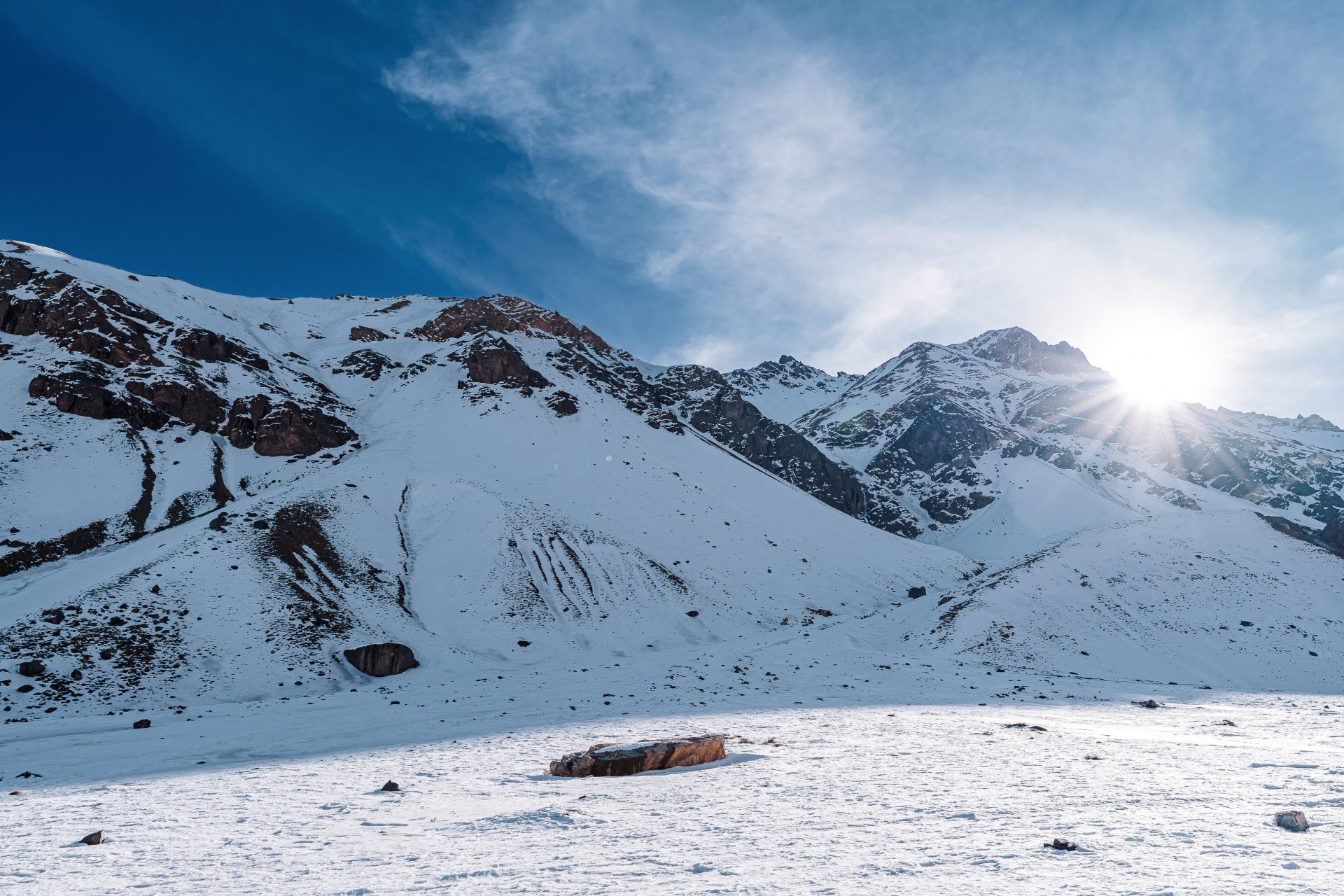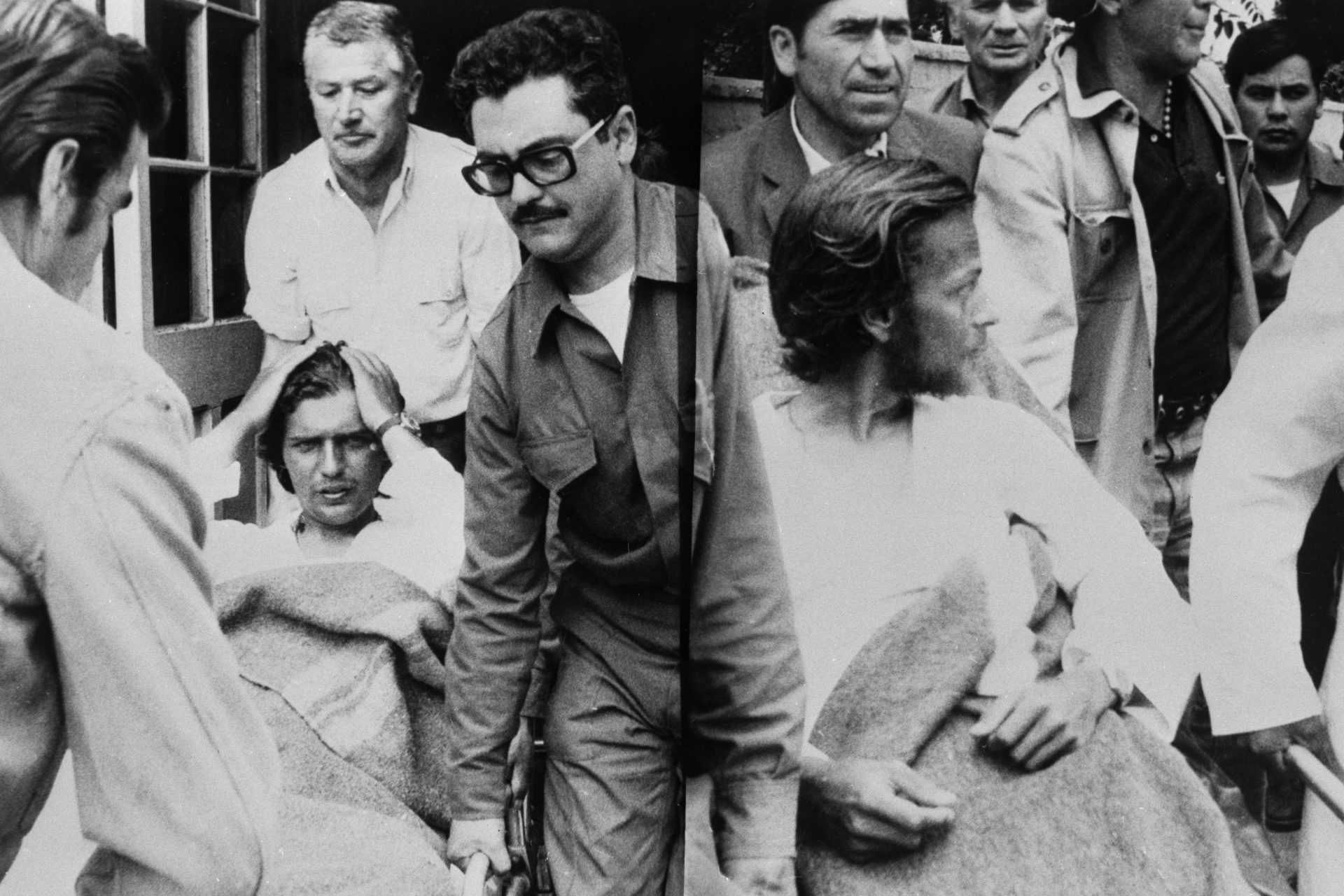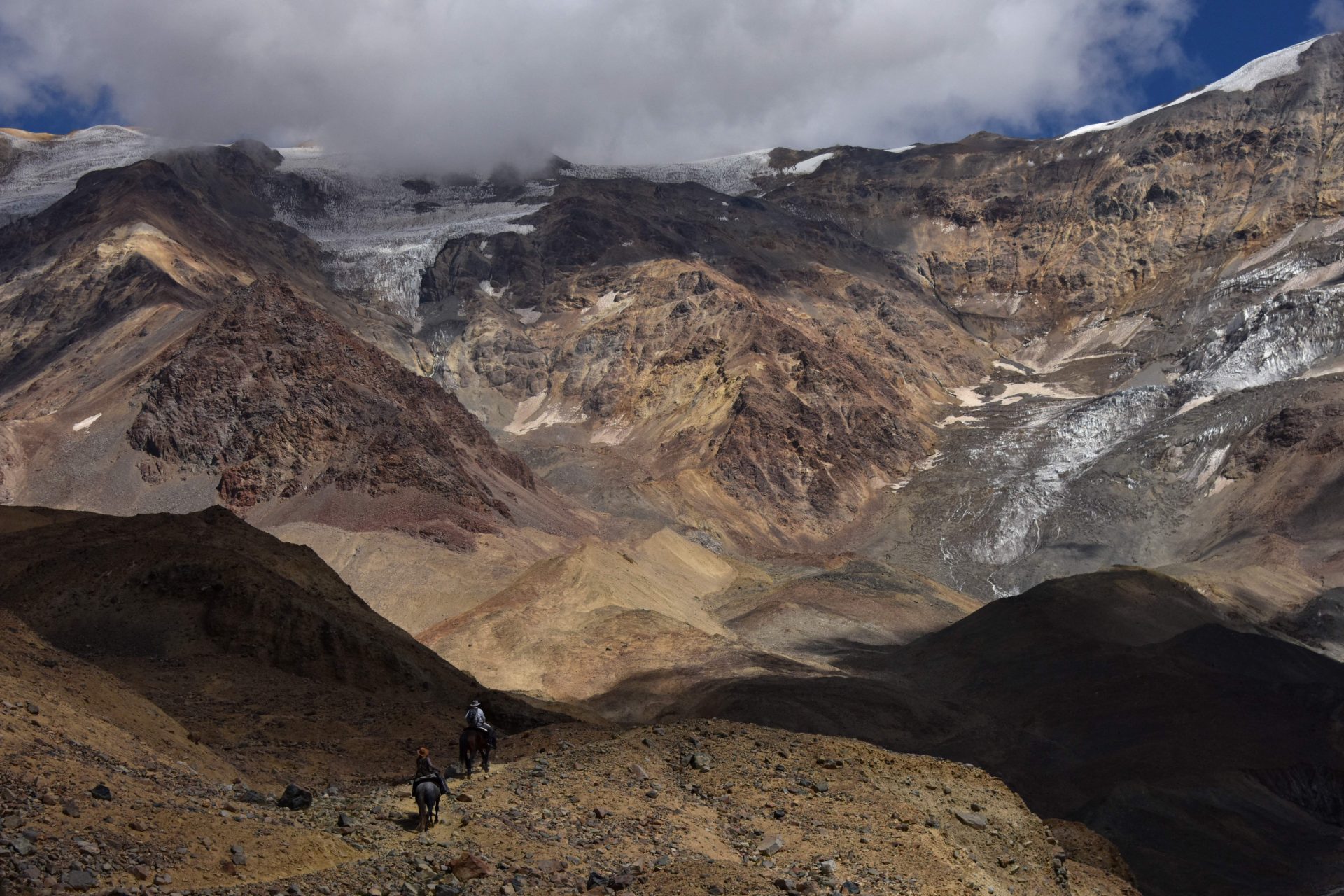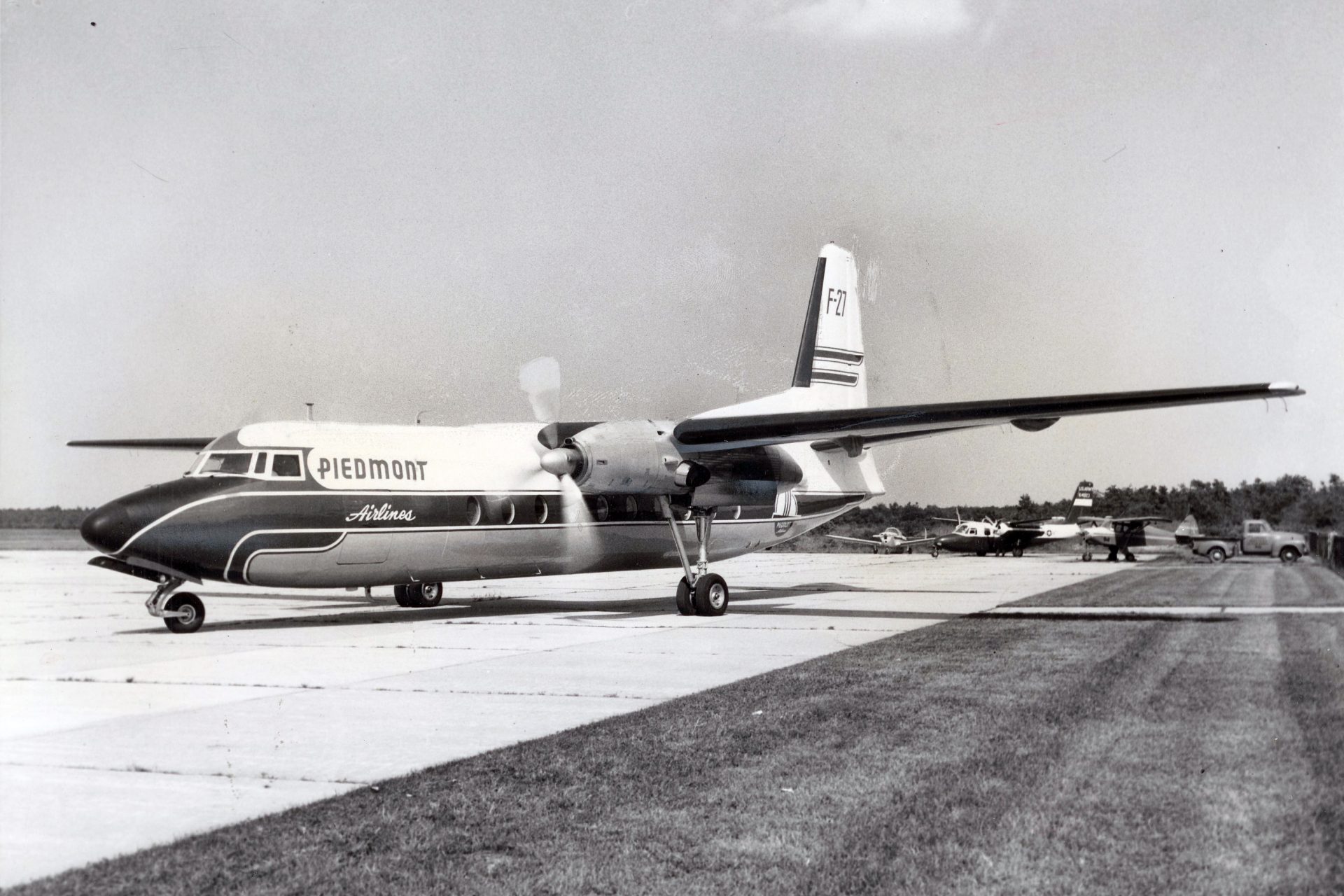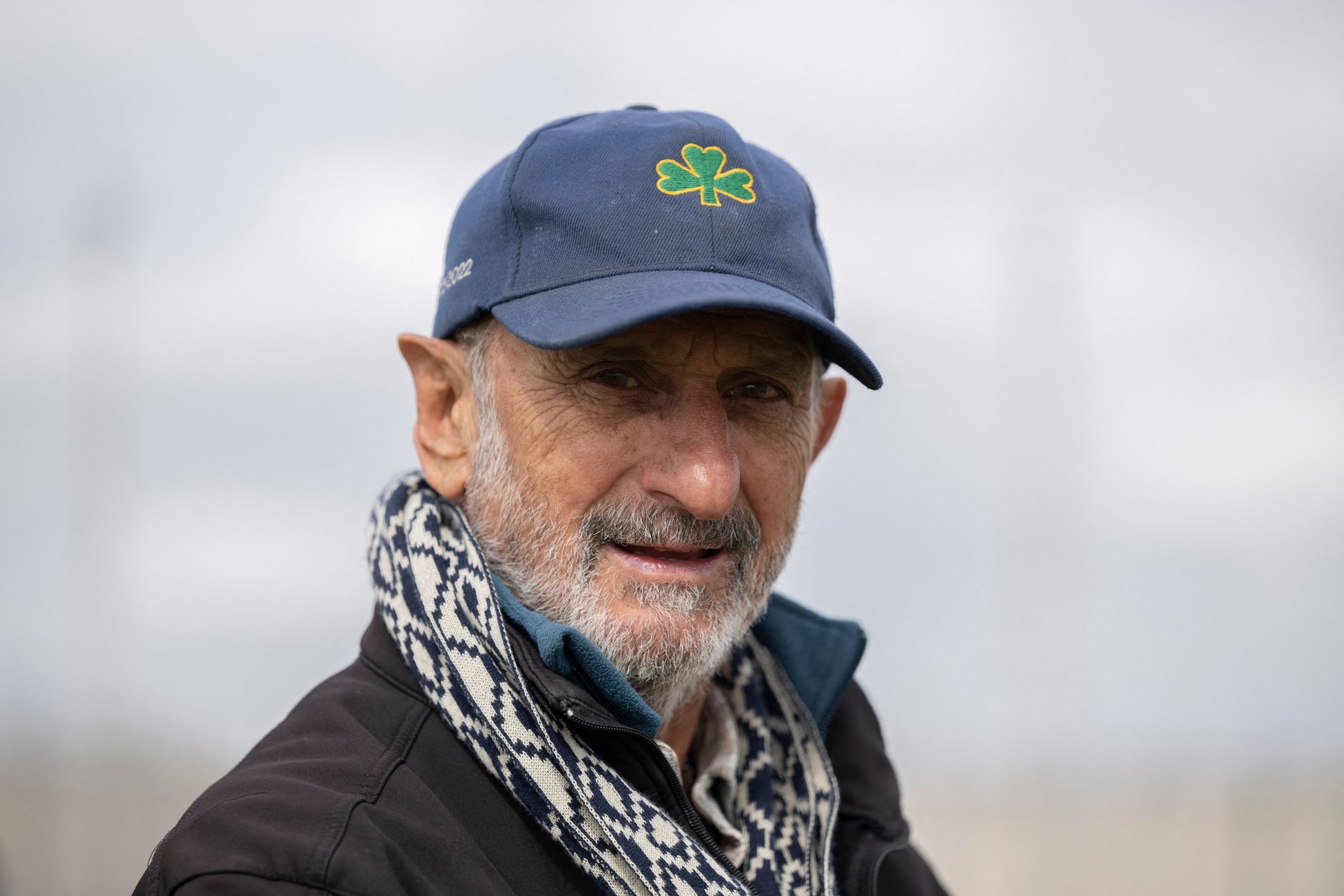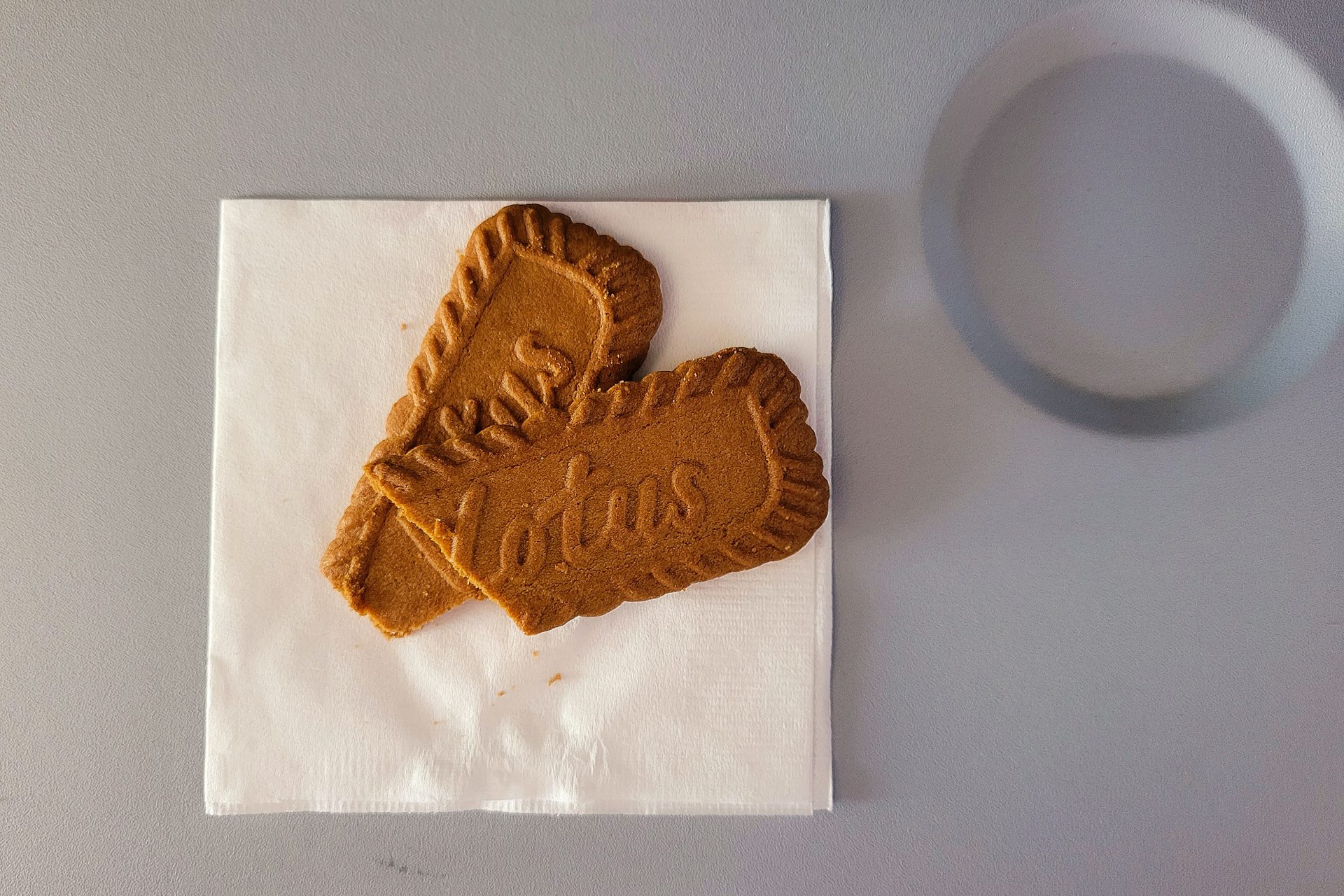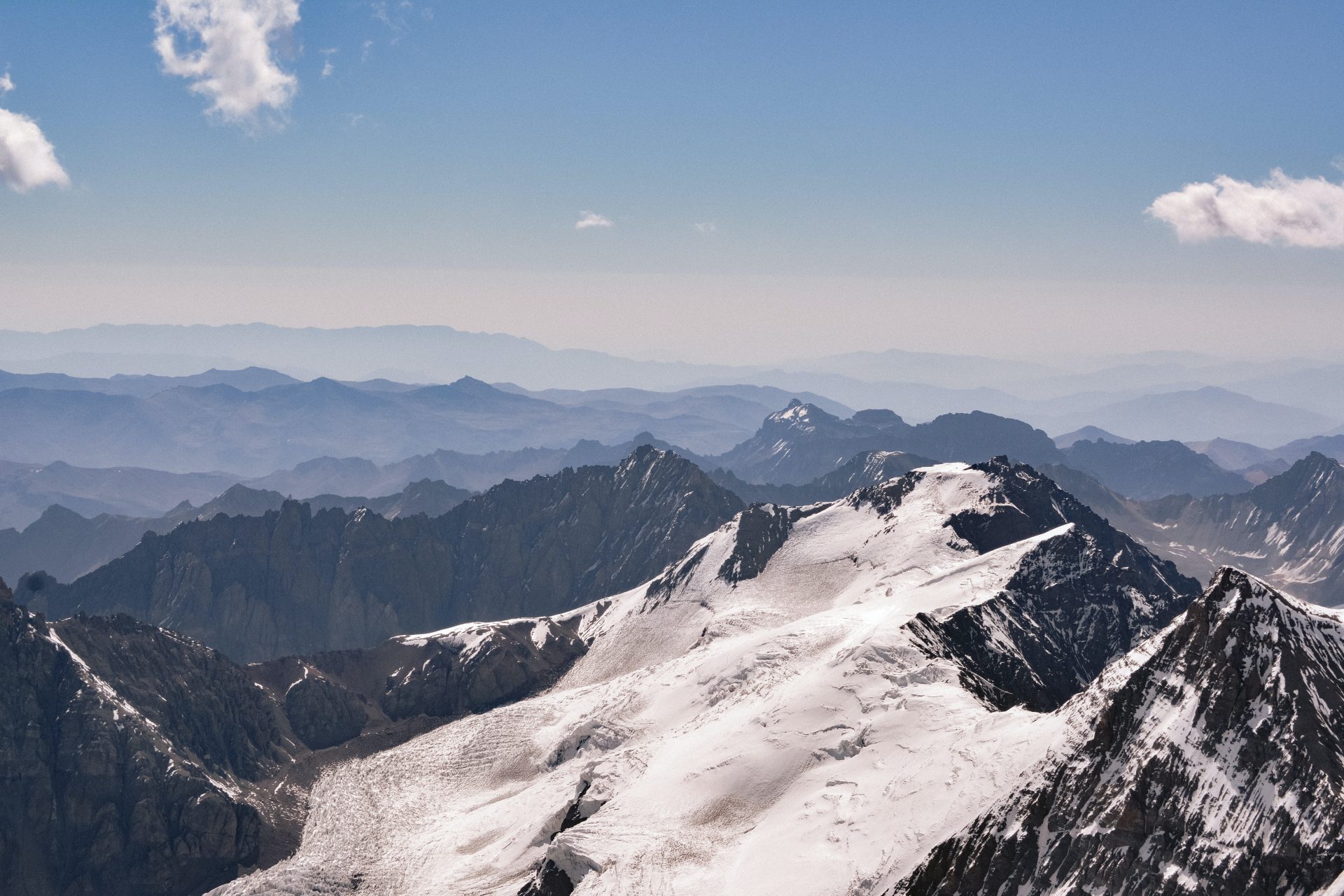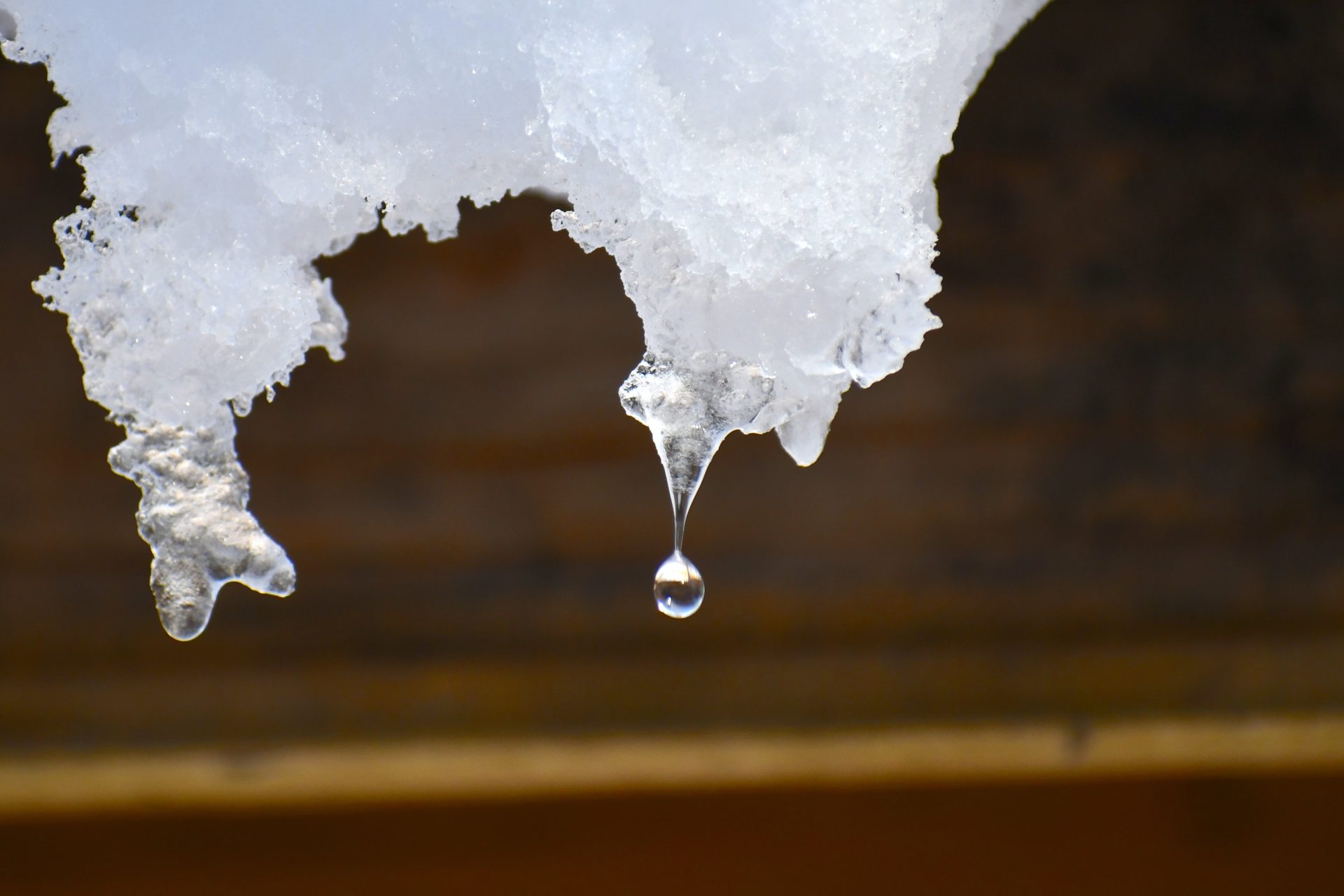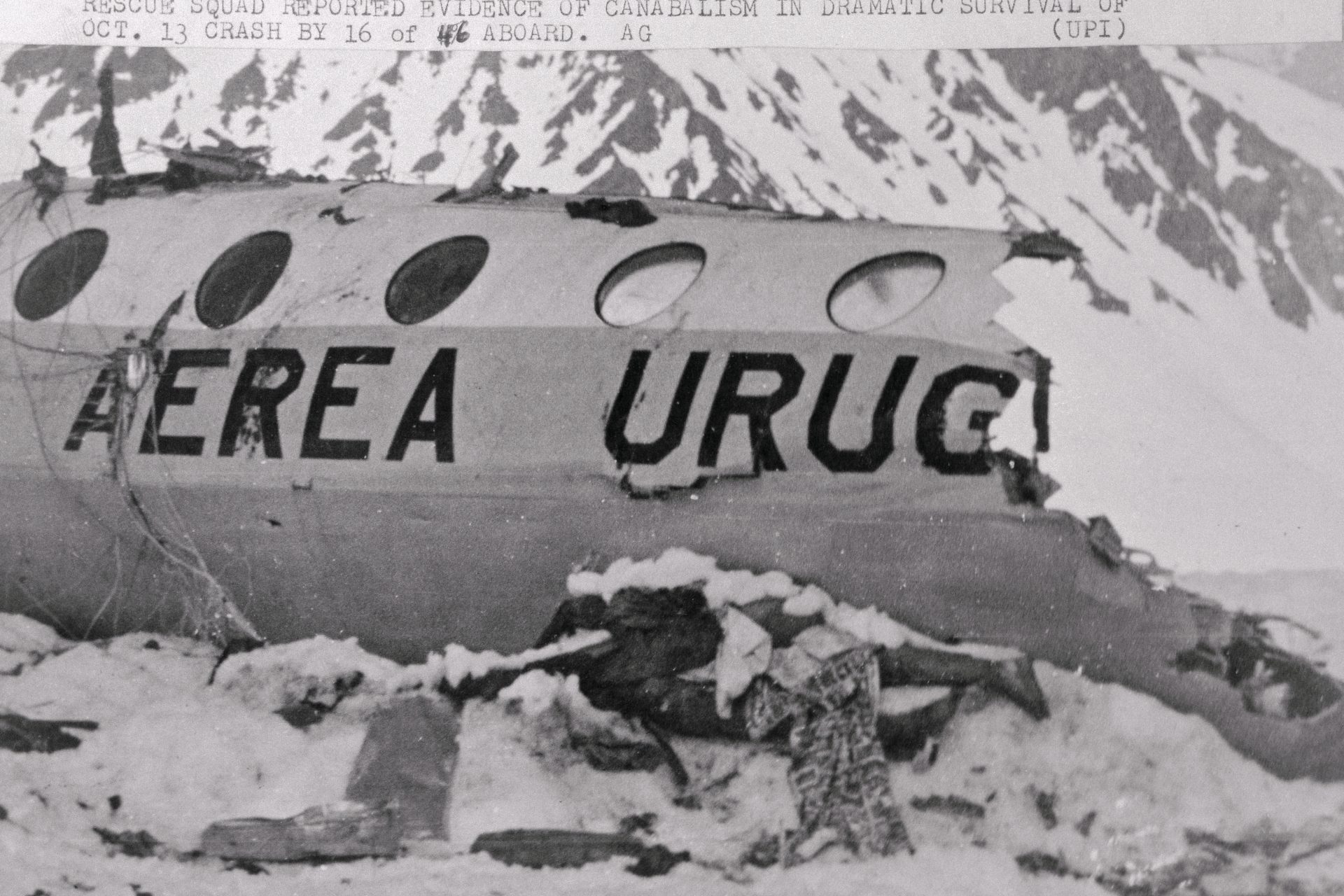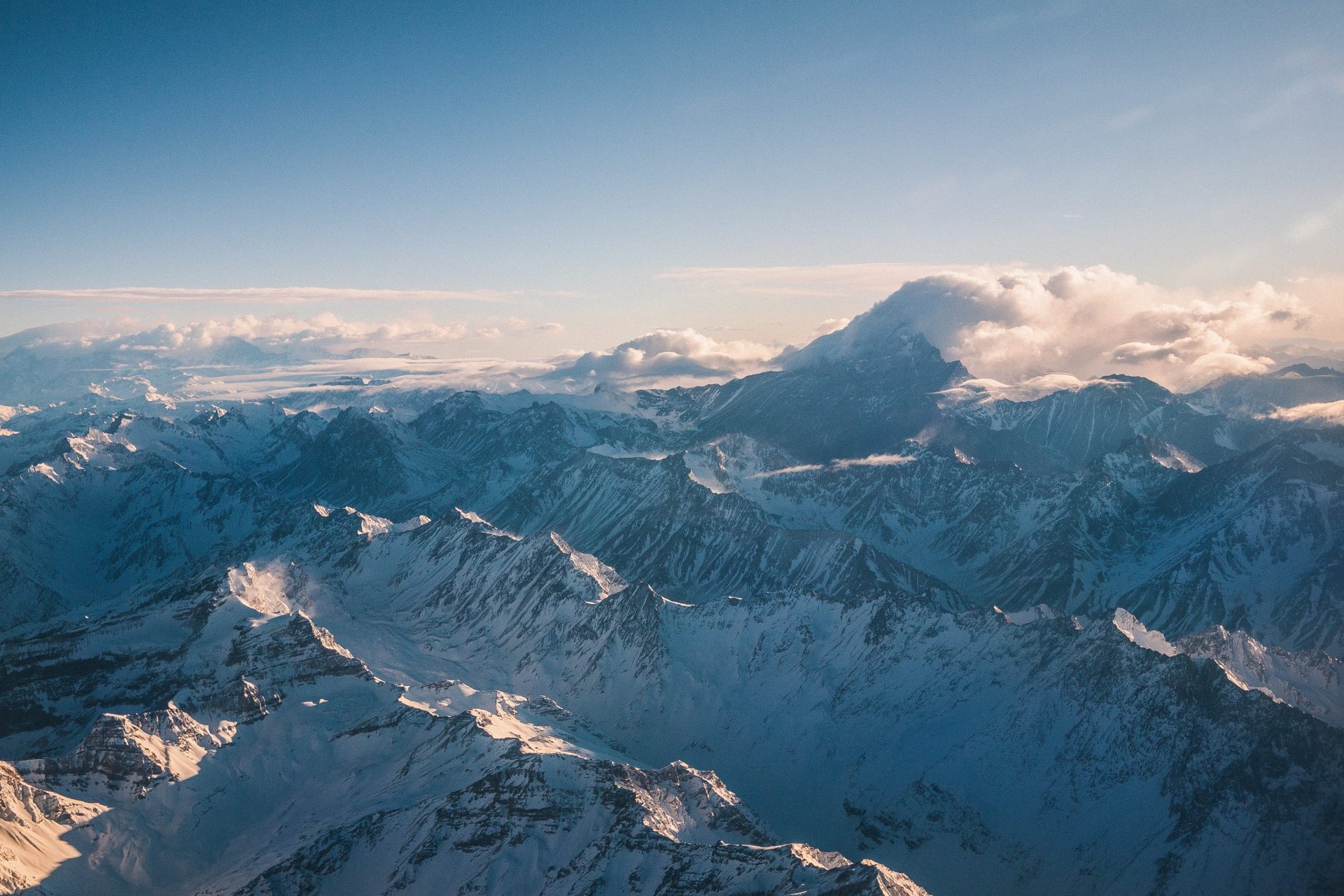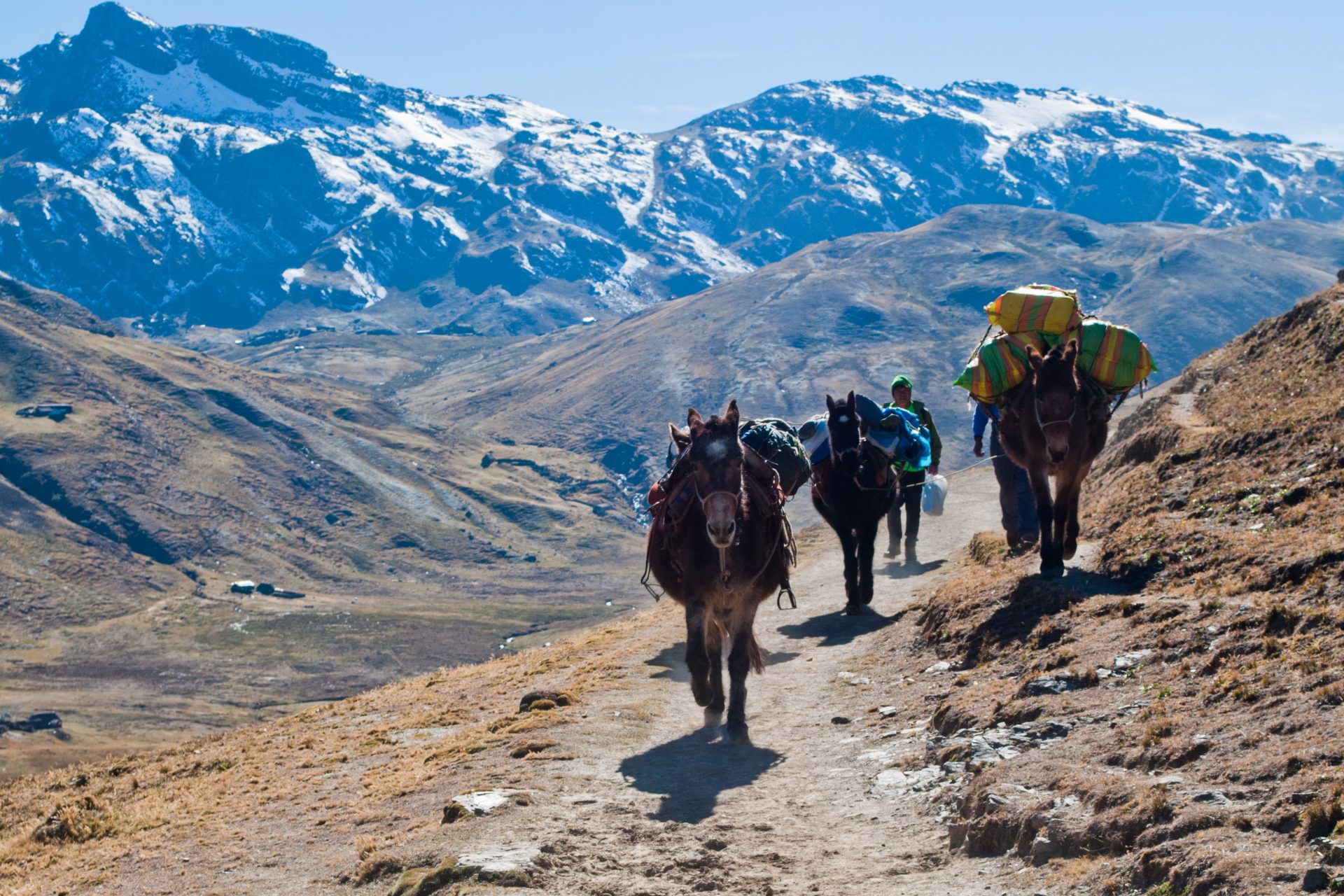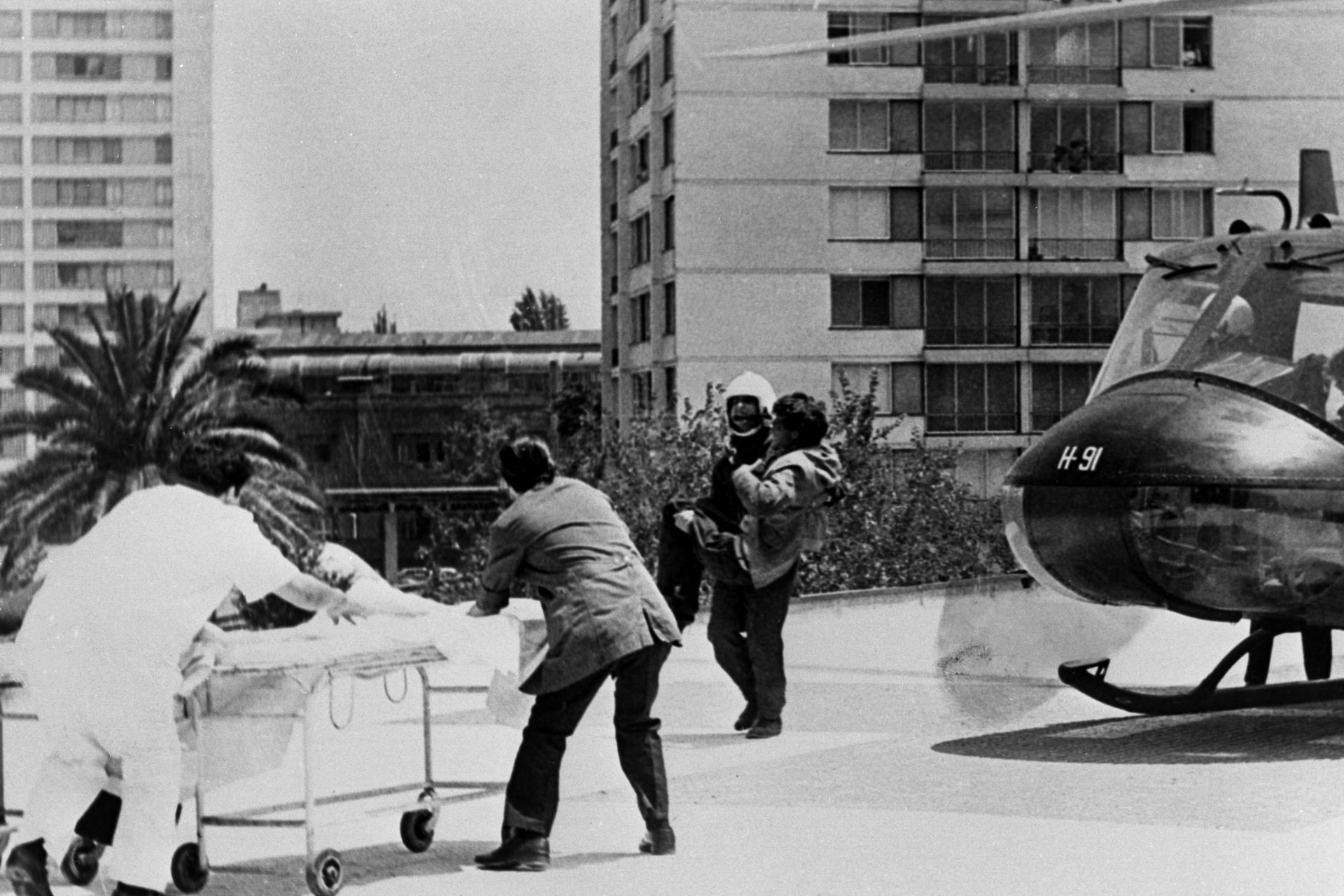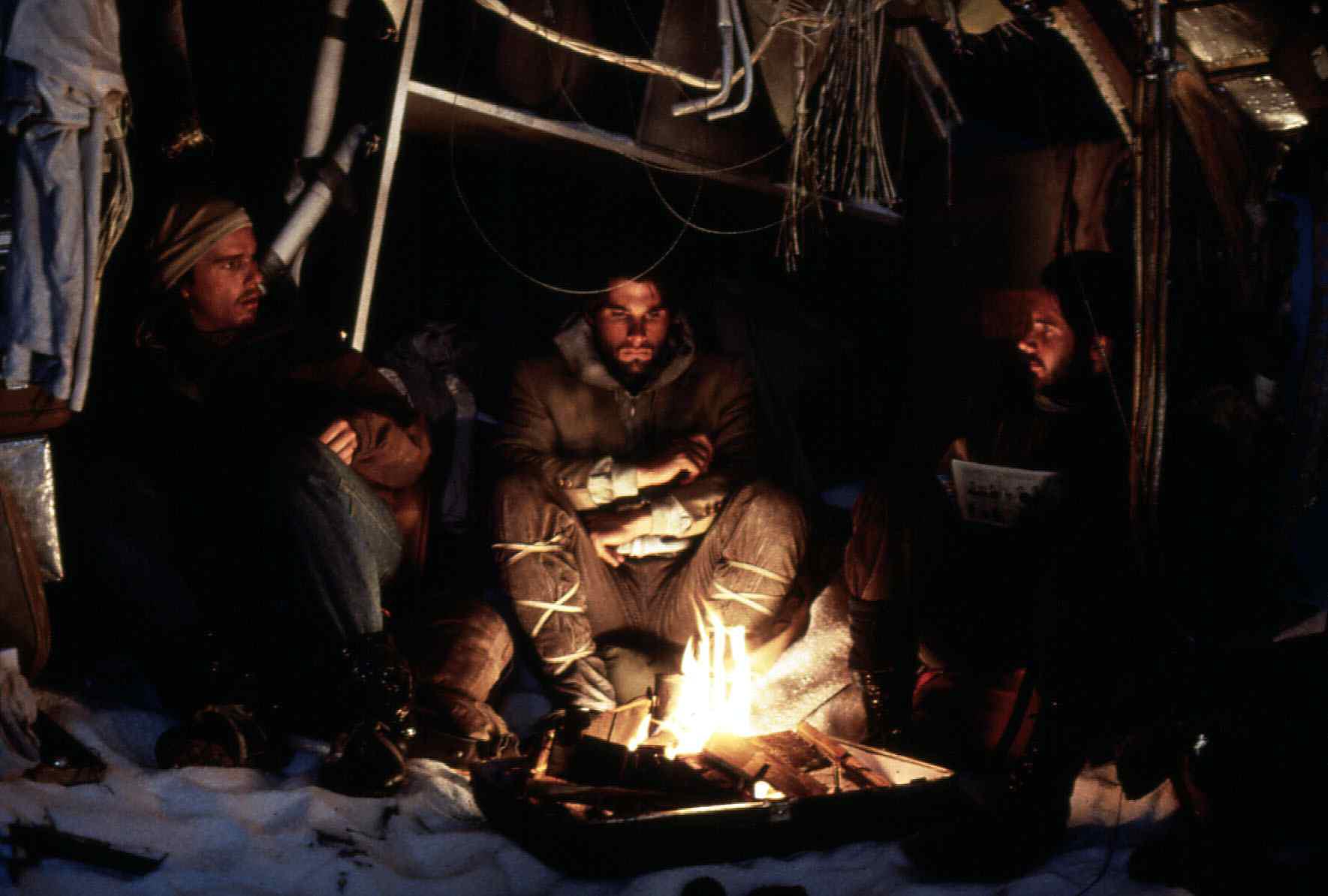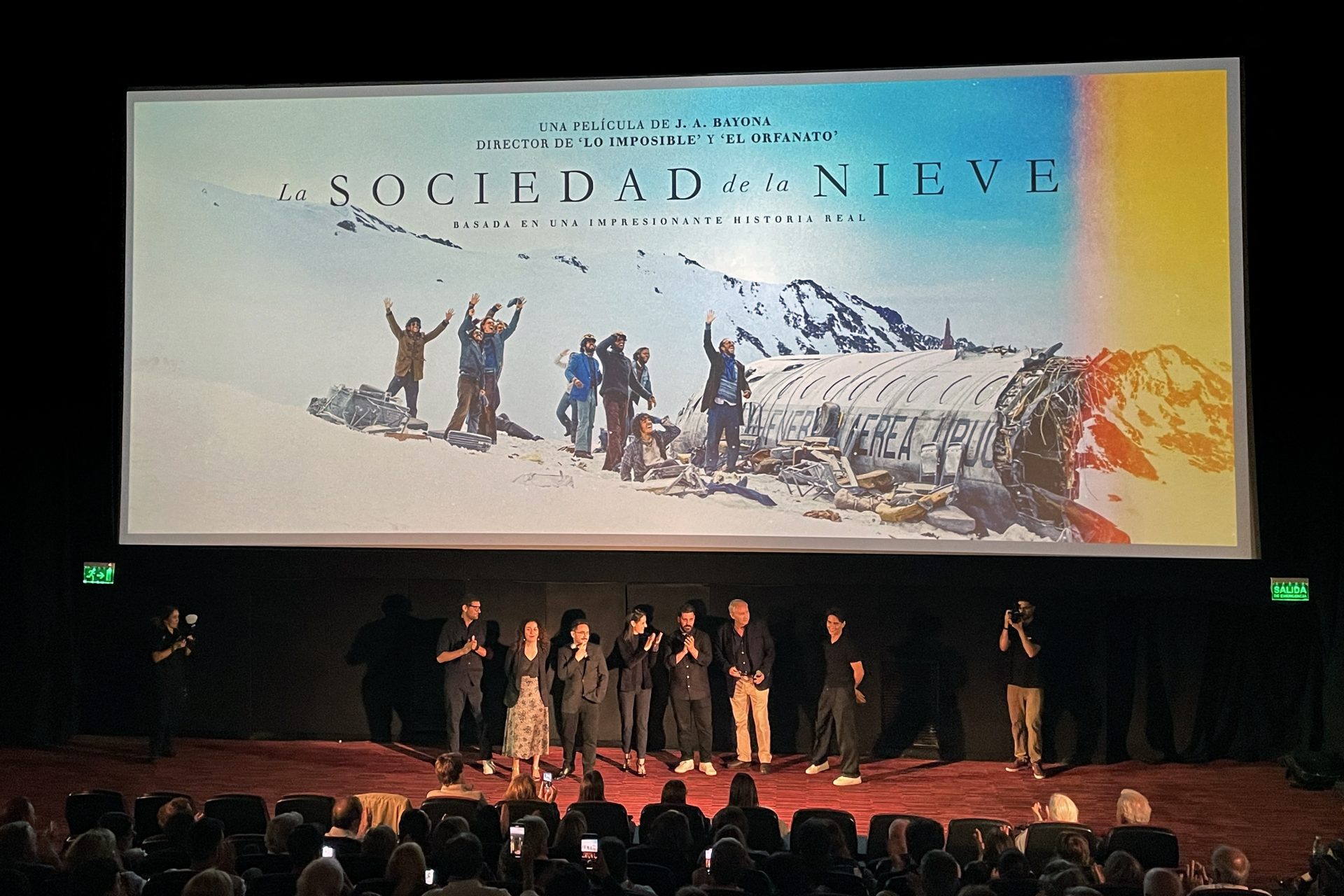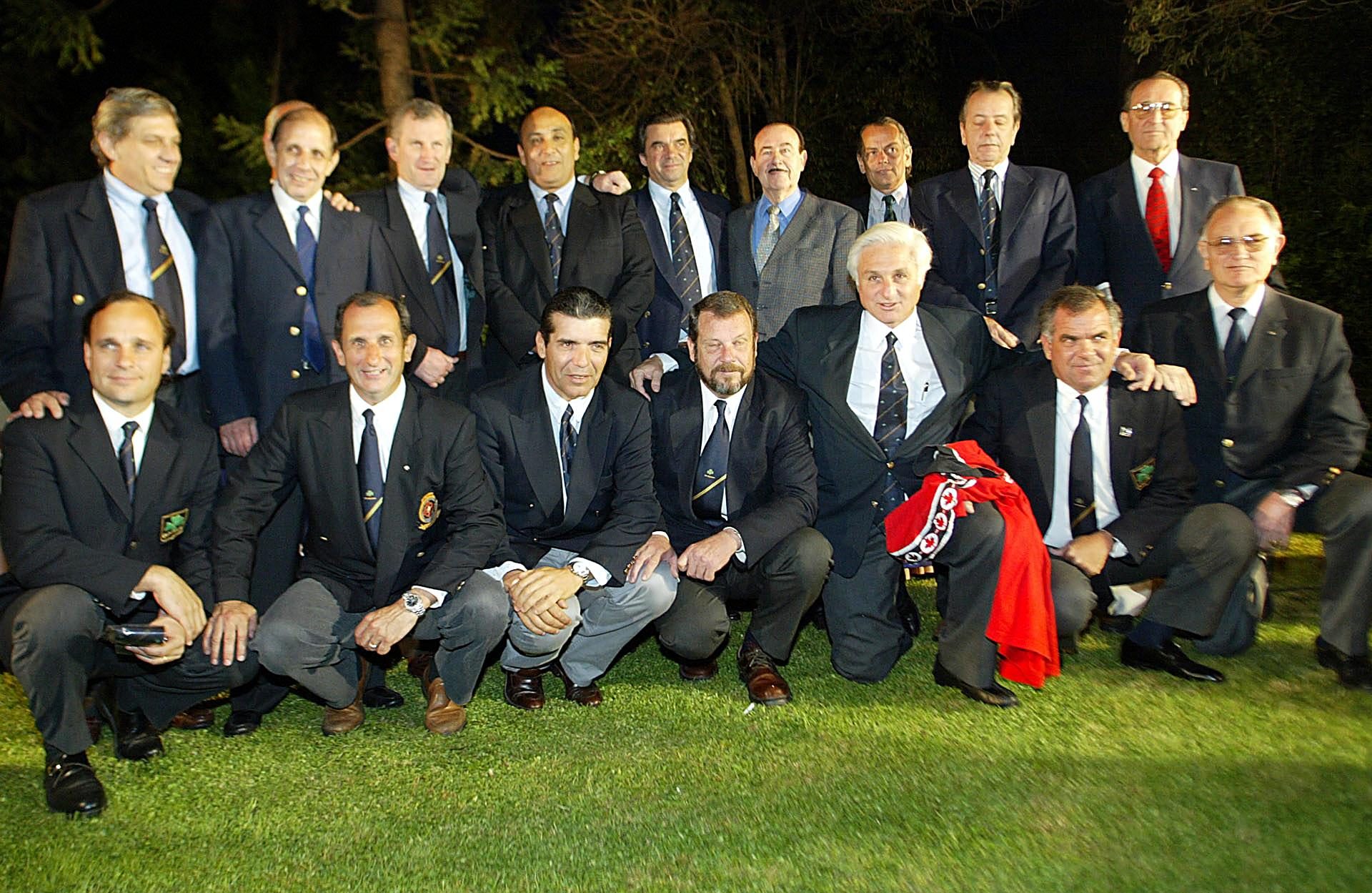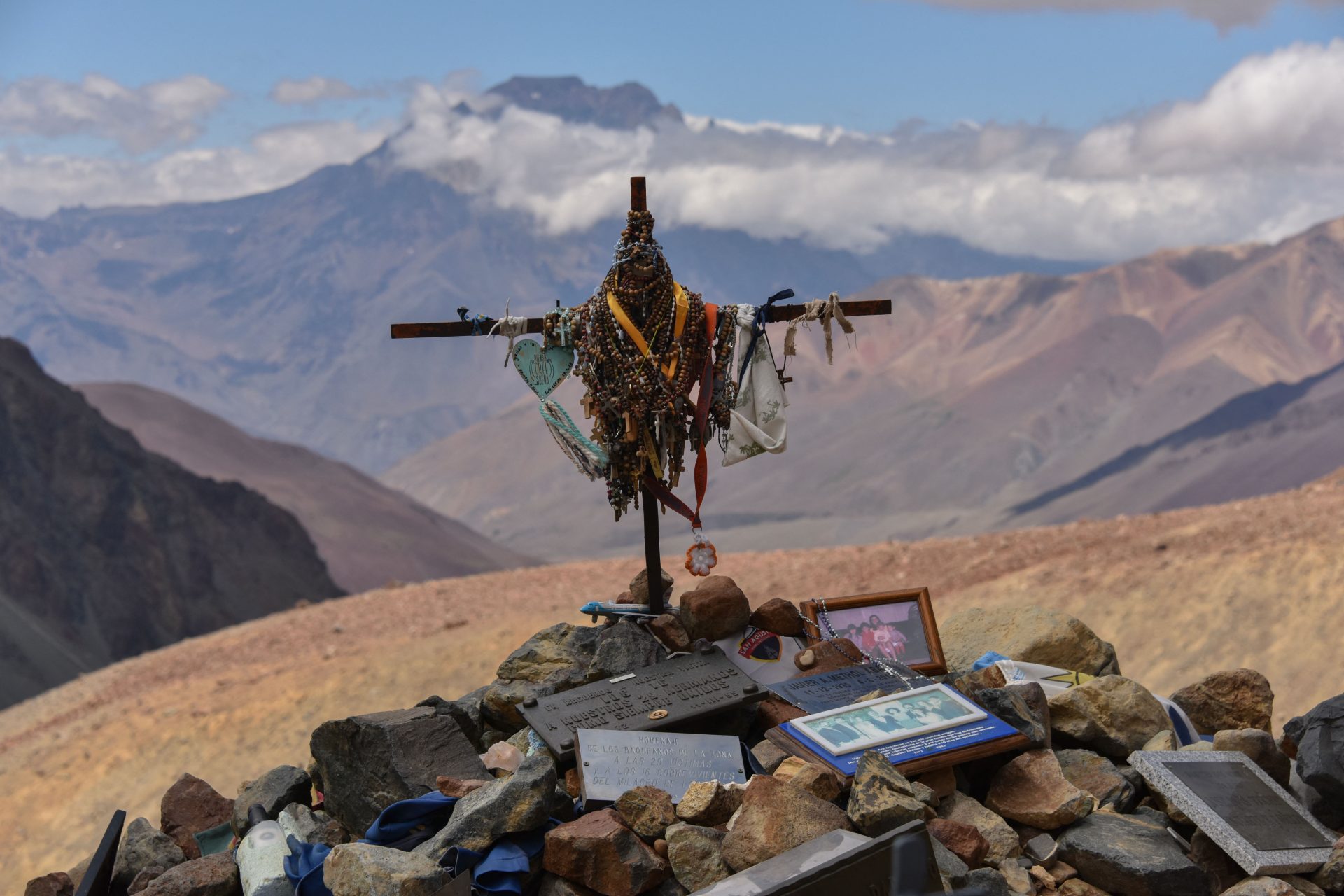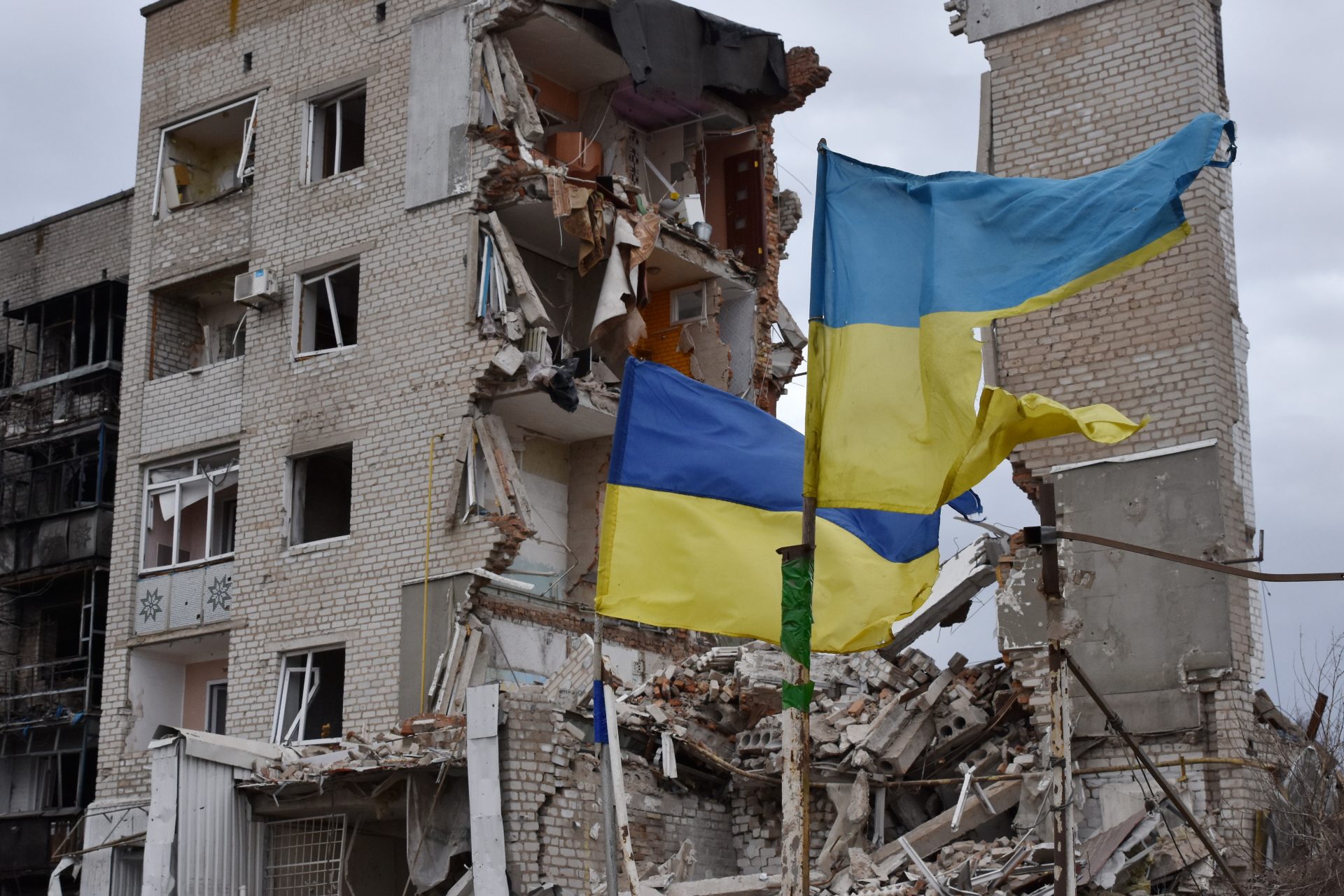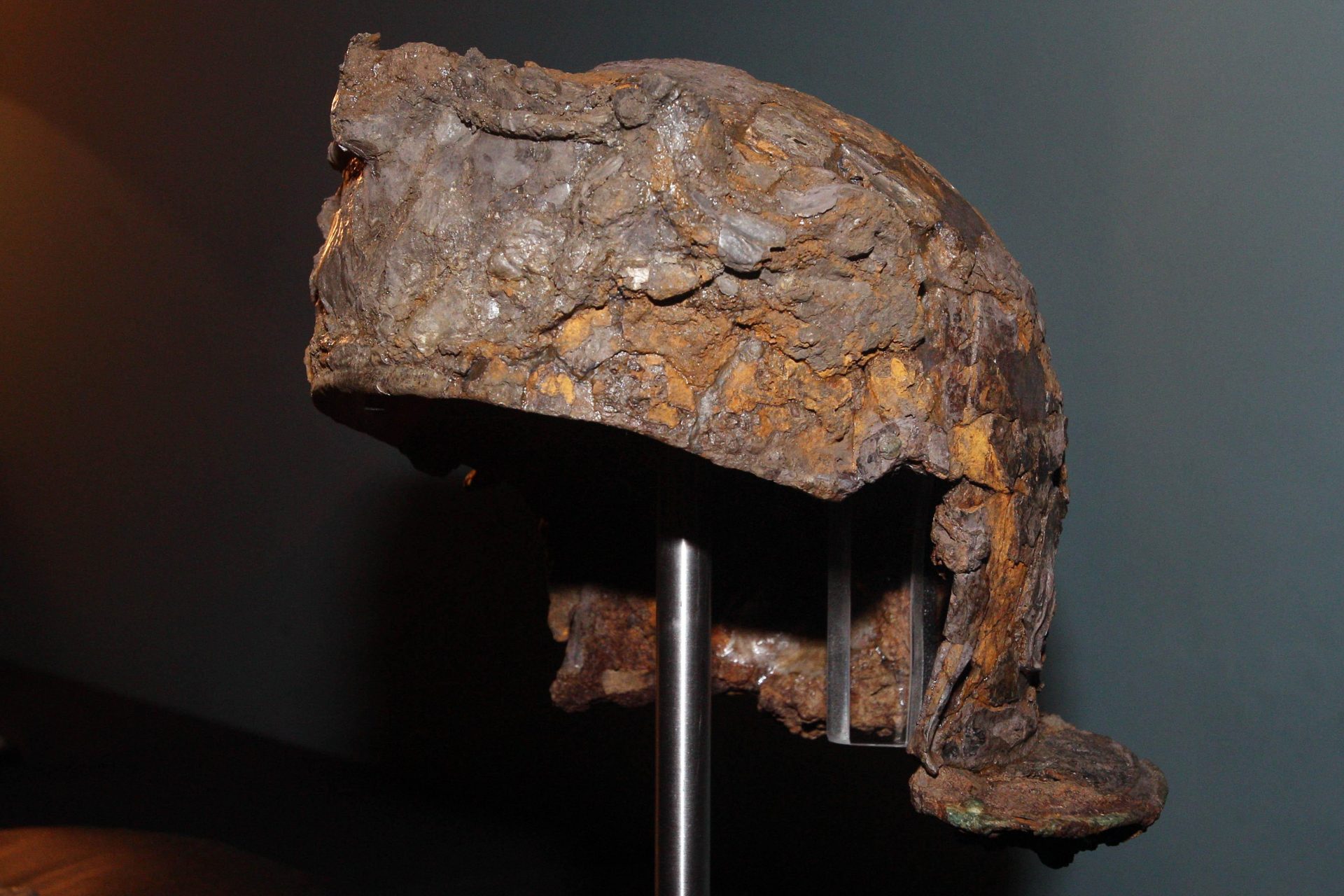Miracle in the Andes: the survival story from one of the most famous plane crashes
It’s been over 50 years since a small group of survivors of a plane crash in the Andes were rescued, after weeks of fending off starvation and frostbite. However, their tale still raises admiration for their resilience and sympathy for how a group of people managed to survive some of the most extreme conditions imaginable.
October 13, 1972, Uruguayan Air Force Flight 571 was traveling from Montevideo, Uruguay, to Santiago, the capital of Chile (pictured), with a stopover in Mendoza, Argentina.
Image: jpahca90 / Unsplash
The plane was carrying 40 passengers and a crew of five. Nineteen passengers were part of Uruguay’s Old Christians Club, a rugby team based in Montevideo that had chartered the flight.
Image: mcoopercreative / Unsplash
The plane, a twin-engine turboprop Fairchild F-27, wasn’t built to fly above 22,500 feet (almost 7,000 meters), so the plan was to go around the Andes through the Pass of Planchón to reach Santiago.
Image: chorba / Unsplash
However, the co-pilot miscalculated the distance of the Andes mountains and started to fly down to land in what became a fatal mistake.
Image: hadyyazdi / Unsplash
As ABC News reports, the plane crashed against a mountain, tearing off both wings and its tail. The rest of the fuselage slid off into the bottom of a remote Andean valley in Argentina, near the Chilean border.
Image: franzharvin / Unsplash
Local authorities searched the mountains for eight days, but the severe weather and harsh environment led many to assume that everyone aboard Flight 571 had perished.
Image: rhweht / Unsplash
The snow of the Andes made it next to impossible for the white Fairchild airplane to stand out, making the search for Flight 571 even more difficult.
Image: rhweht / Unsplash
In reality, 12 people had been killed during the plane crash, and 33 had survived, albeit with several badly injured.
They had already survived a plane crash, however it was only the beginning of their ordeal against time and the elements.
One thing the survivors had to their advantage was that the plane’s fuselage remained mostly intact, functioning as a makeshift shelter against the elements. Despite using luggage and seats to cover the holes, it never fully protected them from the wind and the snow.
Pictured: A Fairchild F-27, similar to the one involved in the Flight 571 accident.
Another thing that helped the survivors is that among them there were two medical students, Roberto Canessa and Gustavo Zerbino. According to The Guardian, they improvised bandages with ripped clothes and use snow to treat swelling injuries.
Pictured: Gustavo Zerbino with an Old Christians cap in 2023.
The biggest issue was food and water. The survivors only had the snacks you usually find on a chartered flight: Crackers, chocolate bars, wine, nuts, jars of jam and some candy. In other words, it was no picnic.
Image: gpthree / Unsplash
Despite being surrounded by snow, they had no means to melt it and eating it proved to be very painful, burning their throats and cracking their lips.
Image: cojasy / Unsplash
Soon enough, they found a way to melt the snow using the debris from the airplane. However, food would become trickier.
Image: rkatieb / Unsplash
On day 11, the survivors learned through a transistor radio that the search had been called off. With a few of them dying due to their injuries and the extreme weather conditions, the possibility of resorting to cannibalism was on the table.
Image: rynnieguy / Unsplash
“We shook our hands, and we say, 'If I die, please use my body. So at least you can get out of here. And tell my family how much I love them,'” said Nando Parrado, one of the survivors, to ABC News. Parrado’s mother and sister had died in the ordeal.
Pictured: Nando Parrado in 2019, in Madrid, Spain.
On day 16, on October 29, an avalanche buried the makeshift shelter, killing eight people, for hours, the remaining survivors were forced to dig their way out of the snow in the middle of the dark as a blizzard fell upon on them.
A second avalanche, dwindling food, and subzero temperatures made for a bleak outlook for the survivors stuck in the Andes. On December 12, over 60 days since the wreckage and only 16 people alive, three of them ventured off to find civilization.
Image: nicolasp / Unsplash
After trekking 60 kilometers (37 miles) in 10 days and at altitudes of over 4,000 meters (13,120 feet), Nando Parrado and Roberto Canessa found local herdsmen on the other side of a river. They threw a rock at them with a note saying they were the survivors of the plane crash.
Image: adelebeausoleil / Unsplash
With the guidance of Nando Parrado, two helicopters managed to find the plane’s fuselage with the remaining 14 survivors. Because of the bad weather, it took two days for all of them to be rescued.
The story, which has been dubbed The Miracle in the Andes, since then has inspired many books, documentaries, and movies. Many of the survivors have written books about their experience.
Picture: Nando Parrado and Roberto Canessa during a press conference in 1974.
The most memorable of these is probably the 1993 movie 'Alive', with Ethan Hawke and John Malkovich.
More recently, there’s the Spanish-language featured film 'The Society of the Snow', distributed globally by Netflix.
According to The Guardian, Nando Parrado, Roberto Canessa, and many other survivors went on to have long, fulfilling lives.
Here they can be seen in a picture taken in 2002 in Santiago, Chile.
Parrado’s father, who passed away in 2006, requested to have his ashes scattered at the crash site to rest with his wife and daughter, who didn’t make it off of the mountain alive.
More for you
Top Stories



